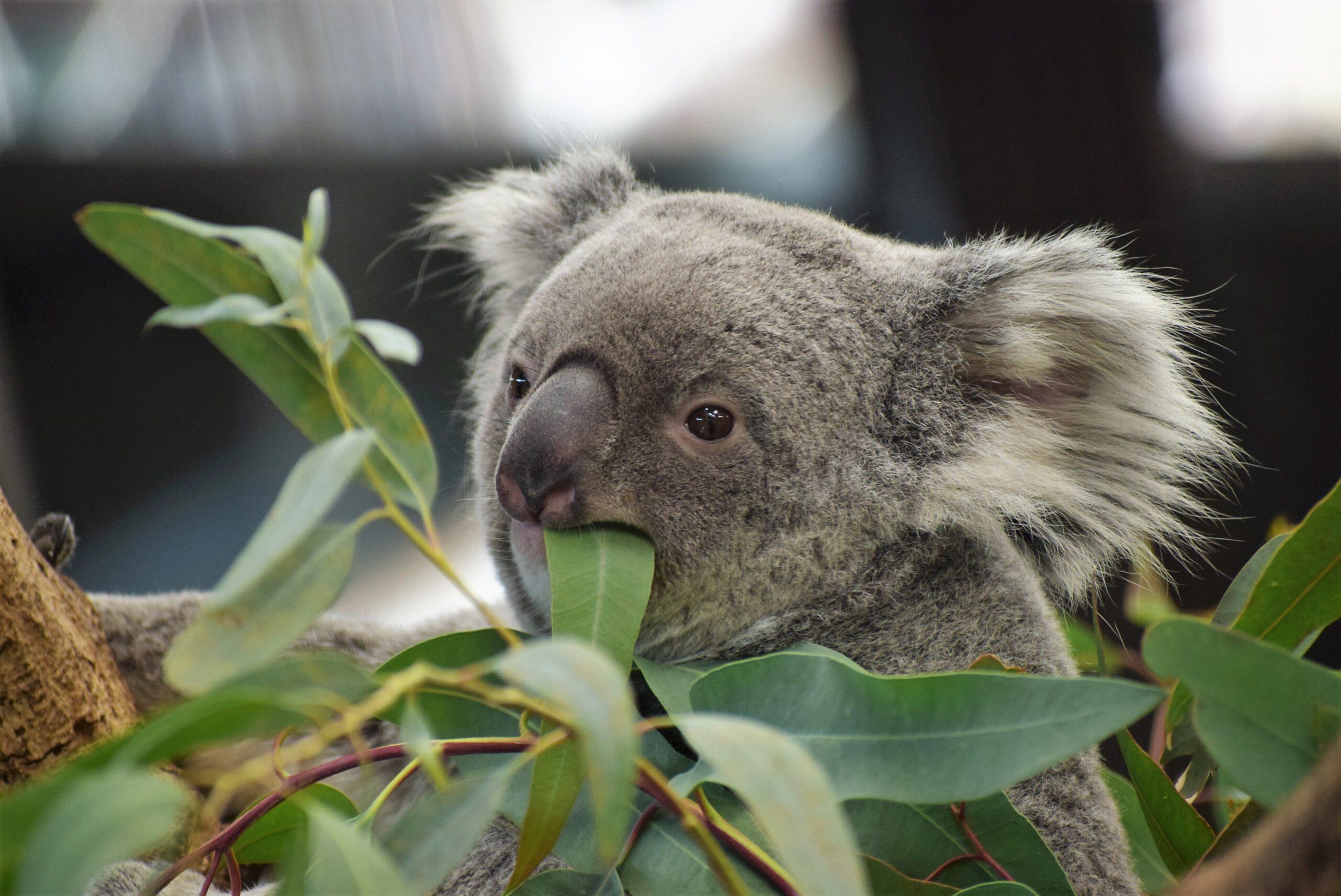Campbelltown, which is situated about 50 kilometers from Sydney’s central business district, were almost made for each other, even if only serving as satellite cities for their respective countries’ largest cities. Koshigaya and Campbelltown are Campbelltown Forest of Wild Birds in Koshigaya could arguably be one of the Kanto Plains areas best-kept secrets. Though only a small-scale park, the attraction is overall an excellent one as it gives a reasonably close view of some delightfully colorful (mostly) Australian birds in a fairly authentic aviary, the largest of its type in Japan. Surrounding the aviary are plenty of Campbelltown Forest of…
-
-
Skippy the Bush Kangaroo, probably the most-loved Australian children’s TV program in history, has turned 50 years old. The first episodes screened in Australia in February 1968 and the show remains popular to this day, though only three series comprising 91 episodes were made. The show premiered outside of Australia. Its run in Japan had effectively ended before Skippy showed in Australia, mainly because the series was made in color, which did not arrive in Australia until 1975. Skippy told the story of a grey kangaroo and her best friend, a young boy named Sonny Hammond, played by Garry Pankhurst…
-
Japanese have been legally eating kangaroo for longer than most Australians. Kangaroo meat was imported to Japan and being served in Tokyo restaurants from 1988, five years before meat from the national symbol was legalized for consumption by Australians in all states other than South Australia, where kangaroo could be eaten legally from 1980. (Indigenous Australians had continued eating kangaroo, a traditional food, regardless of the ban.) Despite the head start, kangaroo meat never really kicked on in Japan, despite its reputation for being a healthy, high-protein, low-fat alternative to beef or pork. RooMeat was promoted in Japan as being…
-
Japan has a strange affinity when it comes to using Australian animals for its advertising. A number of major Japanese corporations use koalas and roos to plug their products and services. One with a difference is Hayashi Corporation, a construction company with a history of over 100 years and based in suburban Tokyo. Hayashi Corporation’s Fuchu branch office entrance is adorned with photos of a family of cartoon kangaroos decked out in soccer gear, just like Australia’s national football team, the Socceroos. Japan’s next opponent in World Cup qualifying is Australia, but there’s no connection. What is interesting to note,…
-
Kangaroos are used for advertising in a surprisingly large array of Japanese businesses. Sometimes, the connection to the leaping marsupial is obvious and needs no other explanation. Other times, the link is less apparent. Even so, the reason for using the Australian symbol is rarely given. A rare exception to this case is the Tanida Dental Clinic based in the Hyogo Prefecture city of Nishinomiya in western Japan. At first glance, there seems to be little reason for a dental clinic to use a kangaroo and joey to advertise its business. But the clinic provides an explanation for why it…
-
Once upon a time, an Australian kangaroo commanded a dominant position on some of the world’s fiercest battlefields. Before conjuring up images of warfare, thought, the fields being referenced were actually courts and the competition was for tennis. Simpson was a brand started in Australia in 1937 and was known for its prominent display of a kangaroo logo. It would outfit the Australian Olympic team in 1948 and through Olympic Games in the 1950s. The brand was favored by the Australia Davis Cup team and tennis stars including winners of Grand Slam events such as John Newcombe, Tony Roche and…
-
Continuing on from yesterday’s entry, there’s more Maruishi Cycle brilliance on show. Here is a bicycle crank featuring a kangaroo motif. This work is especially notable as it was done before World War II. Also note the kangaroo print on the pedal shaft. Pretty amazing bit of work, though the kangaroo connection remains a bit of a mystery, yet once again forms a link between Japan and Australia. Related posts: Goanna Girl Drags Reptile from Restaurant Bird-jacked! Awe-tumnal! A Fern Native Action ウルルを登れなくなる Garden of Weedin’ 先住民視野を中心としたCommonwealth of Australia Winter is Here オズのアホ使い Merry Christmas to all from Kangaeroo.com Powered…
-
Maruishi Cycle Ltd. is a prestigious bicycle manufacturer perhaps best-known today for its vintage models that until late in the 20th century also included penny farthings. Maruishi continues to make fine touring bikes in Japan. The company’s history dates back to 1894, though it has been Chinese-owned since 2006. Of greatest interest for Kangaeroo readers, though, is that Maruishi’s symbol throughout its history has been a kangaroo! Why Maruishi chose a kangaroo remains a mystery, though its cycles are renowned for their luggage-bearing capability, which probably goes some way toward providing an explanation. Although current Maruishi kangaroo displays appear largely…







